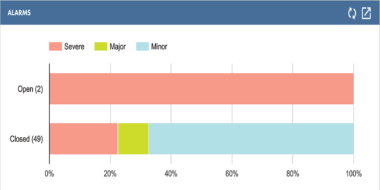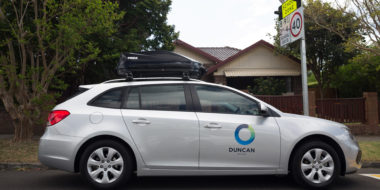

Not even the big banks can fight the rise of digital wallets. In March this year, the Australian Competition and Consumer Commission (ACCC) ruled against many of the country's biggest banks in their bid to boycott Apple Pay – something the ACCC believes has a specific motive.
"We are concerned that the proposed conduct is likely to reduce or distort competition in a number of markets," explained ACCC Chairman Rod Sims.
Able to integrate into a number of different systems (including parking management), digital wallets like Apple Pay appear to be the future of money. But will they render cash entirely obsolete?
Digital wallets explained
In its simplest form, a digital wallet is a smartphone app. It stores financial information in a secure way, enabling consumers to spend money both online and in-store with the touch of a button. It can link to bank accounts, loyalty programmes, specific cards, boarding passes and even ID, giving consumers full purchasing power from the convenience of their smartphone.

Digital wallets do this with a Near Field Communication chip – similar in practice to how payWave works. Samsung, Google and Apple all have their own digital wallets which are slowly but surely entering the Australian market. Digital wallet providers need agreement from banks to work together, with one wallet providing services for multiple credit institutions.
One of the biggest steps for digital wallets in Australia came earlier this year, when Westpac announced it was partnering with Samsung Pay (having already reached an agreement for Android Pay). George Frazis, Chief Executive Consumer Bank at Westpac believes this is simply the logical decision to keep in step with ever-evolving consumer tastes.
Digital wallets can be created by these tech superpowers and then banks adopt them, but the process can work the other way around too. Forrester reports that in Canada, digital wallets or mobile payment systems have been developed by banks and then used as a standalone app.
How have digital wallets changed the way money works?
Forrester's research identifies the following problems with traditional payment methods, which digital wallets generally aim to solve:
- The impracticality of entering credit or debit card numbers every time a consumer wants to make a purchase via mobile.
- The inability to use cash or cheques for online shopping.
- Poor-record keeping with physical currency and receipts.
- Security risks associated with lost cards and scams like skimming.
- A dearth of two-way information – with digital wallets, merchants gain more insight into consumer spending habits.
This matches ongoing growth within online retail services in Australia. Roy Morgan research shows that over any four-week period in 2016, some 44.2 per cent of Australians did some online shopping – up from 36.4 per cent in 2013. Online retail's growth is, in the research company's words, "gangbusters".

Entertainment and leisure is by far the most popular online shopping category but food, fashion, fitness and even pets are rising strongly. As better tech enables a more diverse set of retailers to operate from the cloud, consumers find themselves able to buy just about anything with a few clicks.
This, essentially, could render cash obsolete in the near future. The impracticalities highlighted by Forrester do not appear to have a quick fix, and the convenience of paying for everything with a digital wallet is an undoubtedly appealing concept.
It's something that is expanding well beyond consumer spending methods too. Civic infrastructure is constantly moving towards smart solutions, and digital wallets fit perfectly into this mould. For example – Duncan Solutions' PEMS parking management solutions are fully integrated with digital wallets, enabling drivers to find a park and pay for it as if they were pushing buttons on a remote.
The future of spending is here, and we're ready for it. Are you?
















